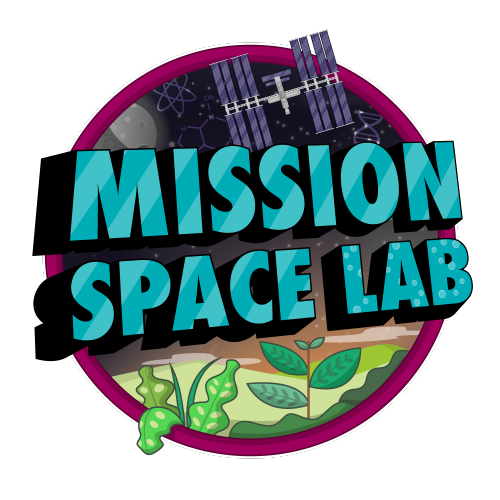Tim Peake congratulates winning Mission Space Lab teams!
This week, the ten winning Astro Pi Mission Space Lab teams got to take part in a video conference with ESA Astronaut Tim Peake!
A brief history of Astro Pi
In 2014, Raspberry Pi Foundation partnered with the UK Space Agency and the European Space Agency to fly two Raspberry Pi computers to the International Space Station. These Pis, known as Astro Pis Ed and Izzy, are each equipped with a Sense HAT and Camera Module (IR or Vis) and housed within special space-hardened cases.
In our annual Astro Pi Challenge, young people from all 22 ESA member states have the opportunity to design and code experiments for the Astro Pis to become the next generation of space scientists.
Mission Zero vs Mission Space Lab
Back in September, we announced the 2017/2018 European Astro Pi Challenge, in partnership with the European Space Agency. This year, for the first time, the Astro Pi Challenge comprised two missions: Mission Zero and Mission Space Lab.
Mission Zero is a new entry-level challenge that allows young coders to have their message displayed to the astronauts on-board the ISS. It finished up in February, with more than 5400 young people in over 2500 teams taking part!

For Mission Space Lab, young people work like real scientists by designing their own experiment to investigate one of two topics:
Life in space
For this topic, young coders write code to run on Astro Pi Vis (Ed) in the Columbus module to investigate life aboard the ISS.
Life on Earth
For this topic, young people design a code experiment to run on Astro Pi IR (Izzy), aimed towards the Earth through a window, to investigate life down on our planet.
Our participants
We had more than 1400 students across 330 teams take part in this year’s Mission Space Lab. Teams who submitted an eligible idea for an experiment received an Astro Pi kit from ESA to develop their Python code. These kits contain the same hardware that’s aboard the ISS, enabling students to test their experiments in conditions similar to those on the space station. The best experiments were granted flight status earlier this year, and the code of these teams ran on the ISS in April.
And the winners are…
The teams received the results of their experiments and were asked to submit scientific reports based on their findings. Just a few weeks ago, 98 teams sent us brilliant reports, and we had the difficult task of whittling the pool of teams down to find the final ten winners!
As you can see in the video above, the winning teams were lucky enough to take part in a very special video conference with ESA Astronaut Tim Peake.
2017/18 Mission Space Lab winning teams
The Dark Side of Light from Branksome Hall, Canada, investigated whether the light pollution in an area could be used to determine the source of energy for the electricity consumption.
Spaceballs from Attert Lycée Redange, Luxembourg, successfully calculated the speed of the ISS by analysing ground photographs.
Enrico Fermi from Liceo XXV Aprile, Italy, investigated the link between the Astro Pi’s magnetometer and X-ray measurements from the GOES-15 satellite.
Team Aurora from Hyvinkään yhteiskoulun lukio, Finland, showed how the Astro Pi’s magnetometer could be used to map the Earth’s magnetic field and determine the latitude of the ISS.
@stroMega from Institut de Genech, France, used Astro Pi Izzy’s near-infrared Camera Module to measure the health and density of vegetation on Earth.
Ursa Major from a CoderDojo in Belgium created a program to autonomously measure the percentage of vegetation, water, and clouds in photographs from Astro Pi Izzy.
Canarias 1 from IES El Calero, Spain, built on existing data and successfully determined whether the ISS was eclipsed from on-board sensor data.
The Earth Watchers from S.T.E.M Robotics Academy, Greece, used Astro Pi Izzy to compare the health of vegetation in Quebec, Canada, and Guam.
Trentini DOP from CoderDojo Trento, Italy, investigated the stability of the on-board conditions of the ISS and whether or not they were effected by eclipsing.
Team Lampone from CoderDojo Trento, Italy, accurately measured the speed of the ISS by analysing ground photographs taken by Astro Pi Izzy.
Well done to everyone who took part, and massive congratulations to all the winners!









2 comments
Alex Bate
Congratulations to everyone who took part!
Tai Viinikka
Congrats, Branks! First Canadian winners!